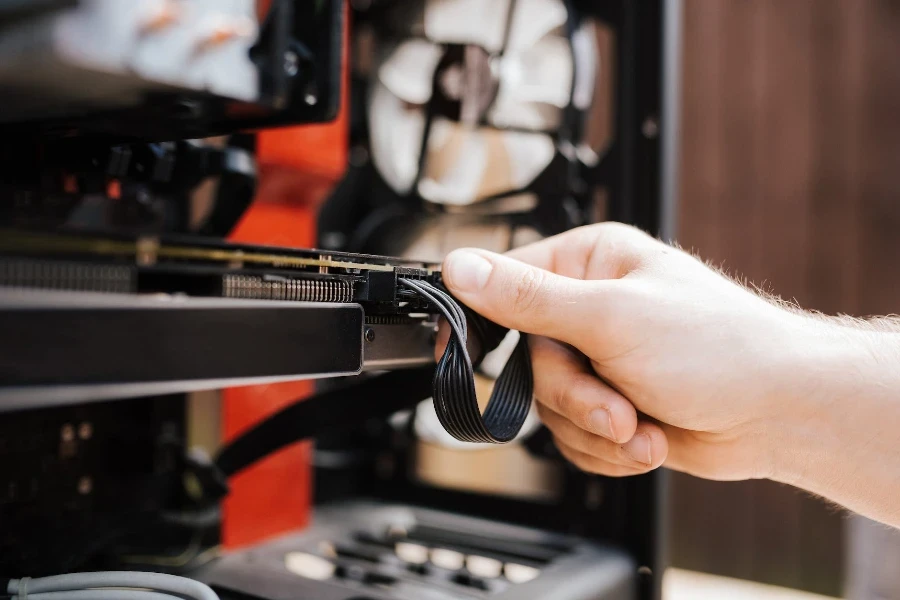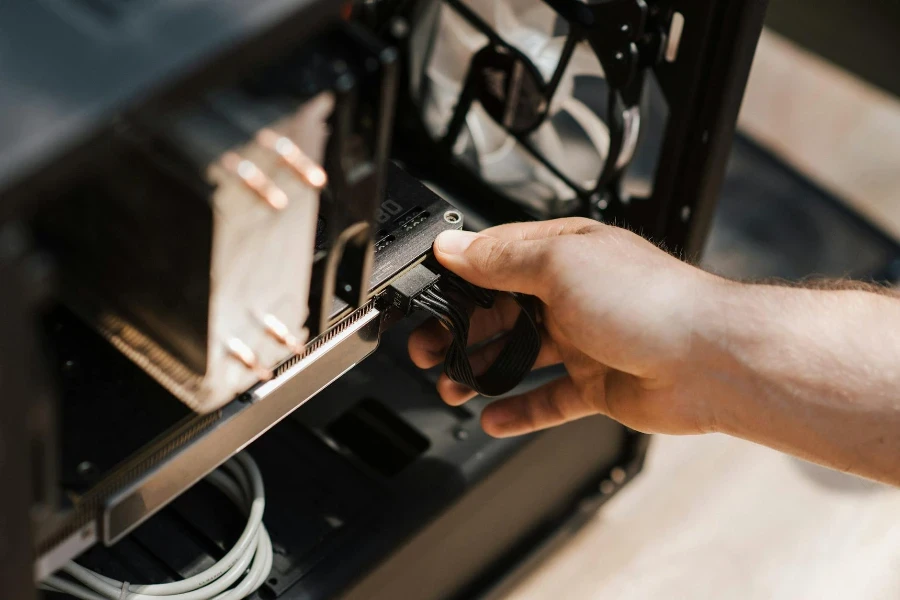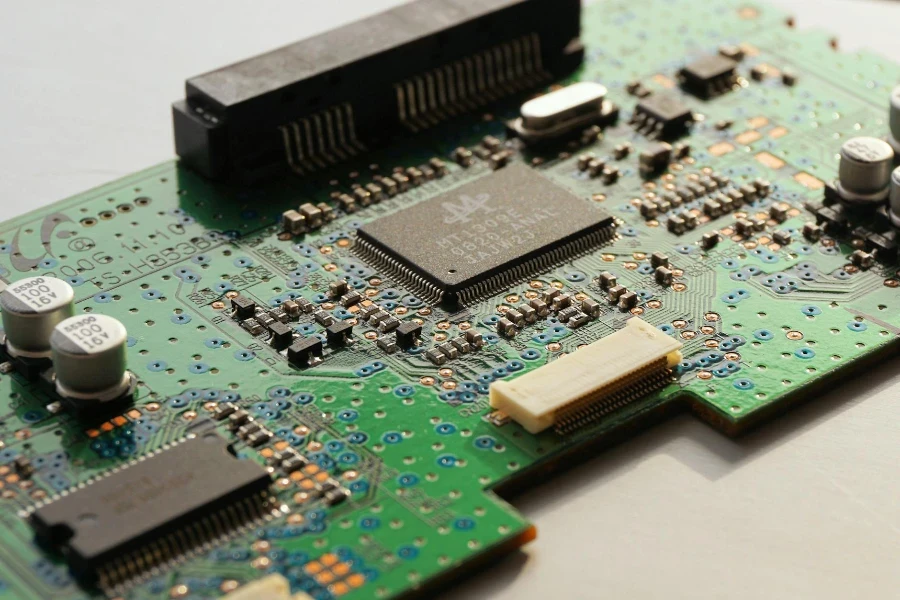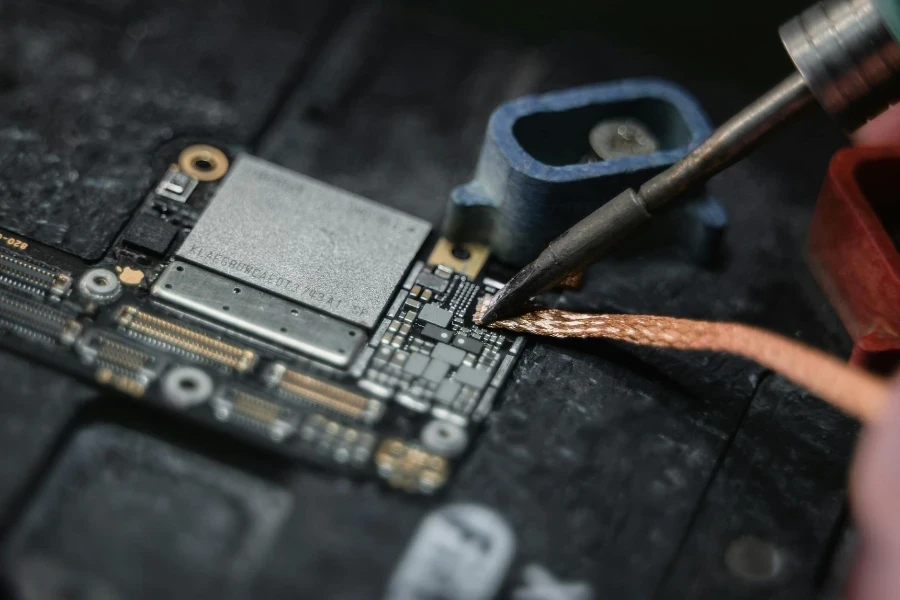Graphics Processing Units (GPUs) have become a cornerstone of modern computing, powering everything from the most visually stunning video games to complex scientific simulations. This comprehensive guide will explore the intricate world of GPUs, shedding light on how they work, their benefits and drawbacks, and how to select and utilize them effectively. Whether you’re a gaming enthusiast, a professional content creator, or simply curious about the technology behind your screen, this article is your gateway to understanding GPUs.
Table of Contents:
– What is a GPU?
– How does a GPU work?
– Benefits and drawbacks of GPUs
– How to choose a GPU
– How to use a GPU
What is a GPU?

A Graphics Processing Unit (GPU) is a specialized electronic circuit designed to rapidly manipulate and alter memory to accelerate the creation of images in a frame buffer intended for output to a display device. Unlike Central Processing Units (CPUs), which are designed to handle a wide range of computing tasks, GPUs are optimized for parallel processing, making them exceptionally efficient at handling the complex mathematical computations required for rendering images, videos, and animations. This parallel processing capability also makes GPUs highly effective for algorithms in machine learning and data analysis.
Initially, GPUs were developed to meet the increasing demand for higher graphical fidelity in video games. However, their potential has since been recognized in various fields, including scientific research, where they are used to simulate complex phenomena, and in professional content creation, where they accelerate video rendering and image processing tasks. The evolution of GPU technology has led to the creation of more powerful and energy-efficient models, enabling more realistic graphics and smoother user experiences across a broad spectrum of applications.
The architecture of a GPU is composed of hundreds or even thousands of cores that can handle thousands of threads simultaneously. This is in stark contrast to a CPU, which typically has a smaller number of cores optimized for sequential serial processing. This fundamental difference in architecture allows GPUs to excel in tasks where the same operation is performed over a large dataset, making them an invaluable component of modern computing environments.
How does a GPU work?

At its core, a GPU accelerates graphics rendering through its massively parallel architecture. This architecture is particularly well-suited for tasks that can be divided into many smaller tasks, which can then be executed simultaneously. When an application sends a graphical operation to the GPU, the GPU’s driver converts this operation into a format that the GPU can understand. This operation is then distributed across the multiple cores of the GPU, allowing for efficient and rapid processing of complex graphics tasks.
The GPU’s architecture consists of multiple stages, including vertex processing, geometry shading, pixel shading, and finally, output merging. Each stage has a specific role in transforming 3D models and textures into the 2D images seen on the screen. For instance, vertex processing involves calculating the position of each vertex in a 3D space, while pixel shading determines the color of each pixel based on lighting and material properties. This highly specialized process enables GPUs to render high-resolution, high-fidelity images at speeds that CPUs cannot match.
Beyond graphics rendering, GPUs have found a new role in general-purpose computing, known as GPGPU (General-Purpose computing on Graphics Processing Units). In GPGPU, the parallel processing capabilities of GPUs are used for non-graphics tasks, such as simulations, analytics, and deep learning. This versatility has significantly expanded the applications of GPUs, making them a critical component in various high-performance computing tasks.
Benefits and drawbacks of GPUs

The benefits of GPUs are numerous. Their ability to handle multiple tasks simultaneously makes them incredibly efficient at processing large blocks of data, significantly reducing computation time for tasks like 3D rendering, video encoding, and complex scientific calculations. This parallel processing capability also makes GPUs an essential tool for AI and machine learning, where they can train models and process large datasets much faster than traditional CPUs.
However, GPUs are not without their drawbacks. One of the main disadvantages is their cost. High-performance GPUs can be expensive, making them a significant investment for individuals and businesses alike. Additionally, GPUs require a substantial amount of power and generate a lot of heat, necessitating advanced cooling solutions and potentially increasing energy costs. Finally, programming for GPUs can be more complex than for CPUs, requiring specialized knowledge and tools to fully leverage their capabilities.
How to choose a GPU

Choosing the right GPU depends on your specific needs and budget. For gamers, key considerations include the resolution and frame rate you aim to play at, as well as the types of games you play. For professionals in content creation or scientific research, the focus should be on the GPU’s compute performance and memory capacity, as these factors directly impact rendering times and the ability to process large datasets.
When selecting a GPU, it’s important to consider the balance between price and performance. Higher-end GPUs offer better performance but at a higher cost. It’s also crucial to ensure that your computer’s power supply and cooling system can support the GPU, as high-performance models may require additional power and cooling capacity. Compatibility with your motherboard and the physical space inside your computer case are other important factors to consider.
How to use a GPU

To maximize the benefits of a GPU, it’s essential to ensure that it is properly installed and that its drivers are up to date. Drivers are software that allows your operating system and applications to communicate with the GPU, and keeping them updated ensures optimal performance and compatibility with new applications and games.
For those interested in leveraging the power of GPUs for tasks beyond gaming, such as deep learning or video rendering, specialized software and libraries are available that are designed to take advantage of GPU acceleration. Familiarizing yourself with these tools and the principles of parallel computing can help unlock the full potential of your GPU.
Conclusion: GPUs have transformed the landscape of computing, offering unparalleled performance in graphics rendering and parallel processing tasks. Whether you’re a gamer, a content creator, or a researcher, understanding how GPUs work, their benefits and limitations, and how to choose and use them can significantly enhance your computing experience. As technology continues to evolve, the role of GPUs is set to become even more central, driving innovations across various fields.




